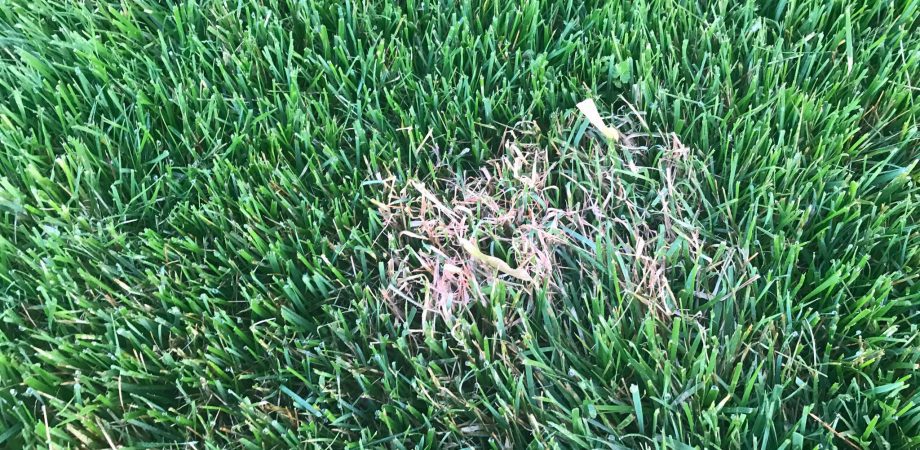Be Ready for Red Thread

Red thread is a fungal turfgrass disease that can strike pretty much any time during the year. However, conditions in the spring and fall, which typically include prolonged periods of cool and wet weather, are perfect for red thread. The pathogen prefers conditions that promote slow turf growth, and long periods of cool and wet weather do just that.
Infected turfgrass areas appear as tan or bleached-white circular patches, with red, thread-like fibers (sclerotia) present among the grass blades.
Cultural Treatment
Maintaining balanced fertility throughout the growing season is critical for controlling red thread. Balanced fertility encourages turfgrass growth and thus discourages the development of red thread. Using slow-feed nitrogen fertilizers will help balance fertility. Try slow-feed nitrogen fertilizers with Foliar-Pak Armament technology. Armament technology unlocks the nutrients and micronutrients in the soil and helps maximize the fertilizer being applied.
Other cultural practices, such as annual aeration, proper mowing heights, and mowing frequency (never remove more than 1/3 of the total blade of grass), must also be followed to help reduce the likeliness of a red thread outbreak.
Chemical Treatment + Plant Health
Providing proper fungicide applications, along with added plant health products, like Foliar-Pak Colonise Bio LTO, will do more than the simple fungicide alone. Colonise Bio LTO will give the color and health response (recovery) we are looking for when paying for a fungicide. Foliar-Pak AminoPrecise technology is contained in Colonise Bio LTO, which includes Armament, humic acids, amino acids, vitamin B-1, beneficial bacteria, and blackstrap molasses. A combination of Colonise Bio LTO and a fungicide (see your ATS Rep for liquid and granular options) will stop the disease and promote true plant health, color, and recovery.
Soil Tests and Seed Varieties
Soil conditions and grass varieties also play a big role in controlling red thread. Doing a soil test along with aerating and introducing newer and better varieties of seed into the existing turf is a crucial strategy in improving the chances of not developing red thread in the long-term.







